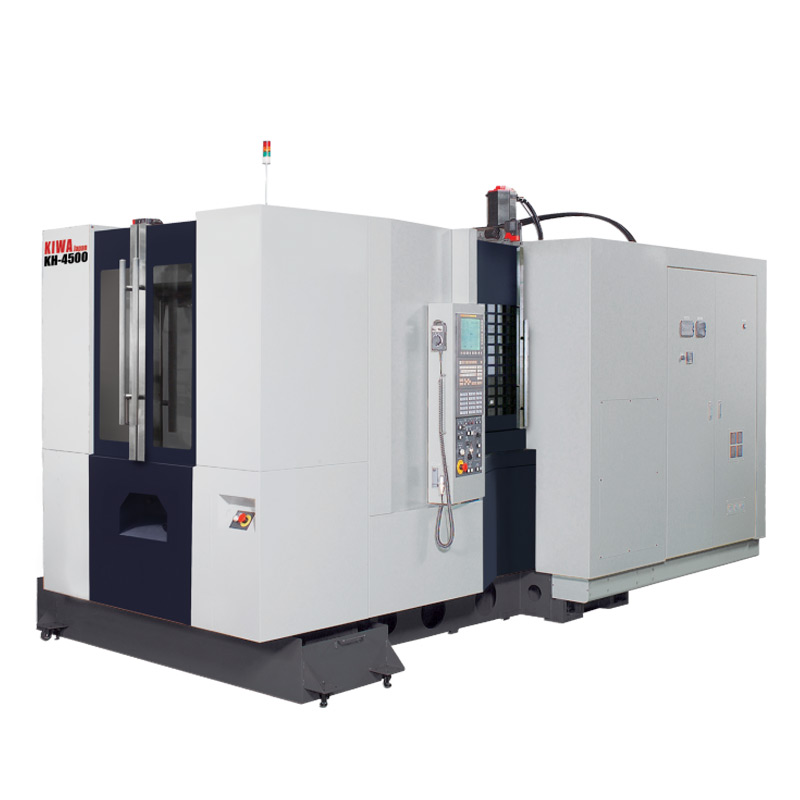
- Afrikaans
- Albanian
- Amharic
- Arabic
- Armenian
- Azerbaijani
- Basque
- Belarusian
- Bengali
- Bosnian
- Bulgarian
- Catalan
- Cebuano
- Corsican
- Croatian
- Czech
- Danish
- Dutch
- English
- Esperanto
- Estonian
- Finnish
- French
- Frisian
- Galician
- Georgian
- German
- Greek
- Gujarati
- Haitian Creole
- hausa
- hawaiian
- Hebrew
- Hindi
- Miao
- Hungarian
- Icelandic
- igbo
- Indonesian
- irish
- Italian
- Japanese
- Javanese
- Kannada
- kazakh
- Khmer
- Rwandese
- Korean
- Kurdish
- Kyrgyz
- Lao
- Latin
- Latvian
- Lithuanian
- Luxembourgish
- Macedonian
- Malgashi
- Malay
- Malayalam
- Maltese
- Maori
- Marathi
- Mongolian
- Myanmar
- Nepali
- Norwegian
- Norwegian
- Occitan
- Pashto
- Persian
- Polish
- Portuguese
- Punjabi
- Romanian
- Russian
- Samoan
- Scottish Gaelic
- Serbian
- Sesotho
- Shona
- Sindhi
- Sinhala
- Slovak
- Slovenian
- Somali
- Spanish
- Sundanese
- Swahili
- Swedish
- Tagalog
- Tajik
- Tamil
- Tatar
- Telugu
- Thai
- Turkish
- Turkmen
- Ukrainian
- Urdu
- Uighur
- Uzbek
- Vietnamese
- Welsh
- Bantu
- Yiddish
- Yoruba
good psi for car pressure washer
Understanding Good PSI for Car Pressure Washers
When it comes to maintaining the appearance of your vehicle, using a pressure washer can be an effective and efficient method. However, choosing the right pressure setting (measured in pounds per square inch, or PSI) is crucial to avoid damaging your car's surfaces. Understanding the good PSI for a car pressure washer helps ensure that you achieve stellar cleaning results without compromising the integrity of your vehicle's finish.
What is PSI?
PSI stands for pounds per square inch, a unit that measures the pressure of the water coming out of a pressure washer. The higher the PSI, the more powerful the pressure washer is. That means it can blast away dirt and grime more effectively. However, it also raises concerns regarding damage—especially when washing automobiles.
Recommended PSI for Cars
When it comes to washing a car, the ideal PSI range is generally between 1200 to 1900 PSI. This pressure range is sufficient to remove dirt, grime, and road debris without risking damage to the vehicle's finish or components.
1. 1200-1900 PSI This is considered the sweet spot for most vehicles. At this level, the pressure washer can effectively clean painted surfaces, glass, and wheels without strong enough force to strip paint or scratch surfaces.
2. Below 1200 PSI If your pressure washer operates below this level, it may struggle to remove tougher stains and built-up grime. It’s suitable for delicate tasks or for washing vehicles that are rarely driven and thus do not accumulate heavy dirt.
3. Above 1900 PSI Anything exceeding 1900 PSI is typically too strong for cars. Such high pressure can damage the paint, especially if you get too close, which leads to chipping or striping. It may also harm delicate parts like window seals and tires.
Consider the Nozzle
good psi for car pressure washer

While PSI is a critical factor, the type of nozzle you use plays an equally important role in your vehicle's washing process. Pressure washers usually come with interchangeable nozzles that create different spray patterns.
- 0-degree nozzle This provides a concentrated stream and is best reserved for hard surfaces, not for vehicles. - 15-degree nozzle Good for stripping away tough grime but still too aggressive for delicate surfaces. - 25-degree nozzle This is a versatile option for washing cars; it provides a wider spray, which can clean surfaces effectively without being too abrasive. - 40-degree nozzle Ideal for rinsing off soap or washing delicate areas.
Additional Tips for Washing Your Car with a Pressure Washer
- Maintain Distance Keep the nozzle at least 12-18 inches away from the surface of the car. This distance allows the pressure to dissipate slightly, reducing the risk of damage. - Use Soap Consider using car-specific soap in conjunction with your pressure washer. The soap helps encapsulate dirt, making it easier to rinse away.
- Rinse First Always rinse the car to remove loose debris before applying soap. This method minimizes the likelihood of scratches during cleaning.
- Check for Damage Before pressure washing, inspect your vehicle's exterior for any existing scratches or chips that may worsen during the wash.
- Regular Maintenance Regular washing can prevent the build-up of grime and protect the paint. However, be cautious not to overuse a high-pressure wash, which can wear down the finish over time.
Conclusion
In conclusion, when selecting a PSI for washing your car, stick between the 1200 to 1900 range for optimal results. This pressure allows for effective cleaning without the risks associated with higher settings. Combine the right PSI with the appropriate nozzle, maintain a safe distance, and choose suitable cleaning agents for the best results. With these practices, you can keep your vehicle looking pristine and preserve its value for years to come. Happy washing!
-
Integrating Aqua Tunnel Car Wash in Shopping CentersNewsJun.24,2025
-
Gas Station with an Auto Car Wash MachineNewsJun.24,2025
-
Efficiency in Your Aqua Tunnel Car Wash: Power & Water-SavingNewsJun.24,2025
-
Car Wash Business with Advanced Auto Car Cleaning MachinesNewsJun.24,2025
-
Balancing Setup Costs with Aqua Tunnel Car WashNewsJun.24,2025
-
Aqua Tunnel Car Wash: Eco-Design for the Energy-Savvy EntrepreneurNewsJun.24,2025



